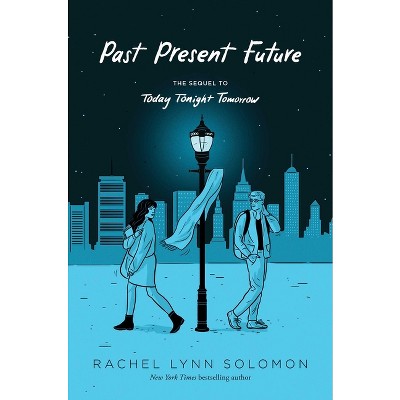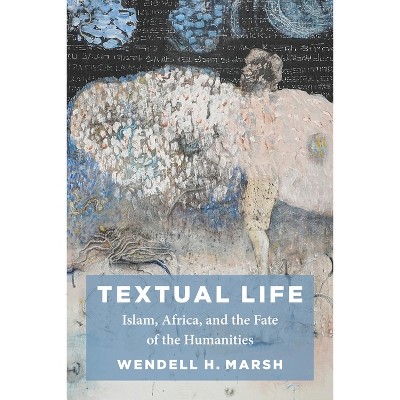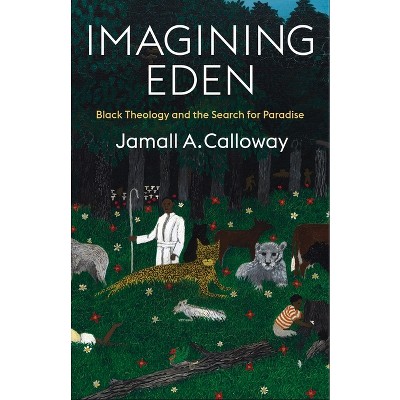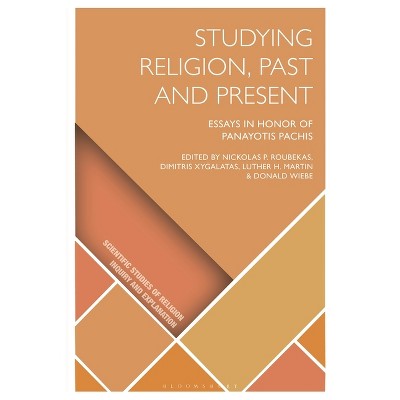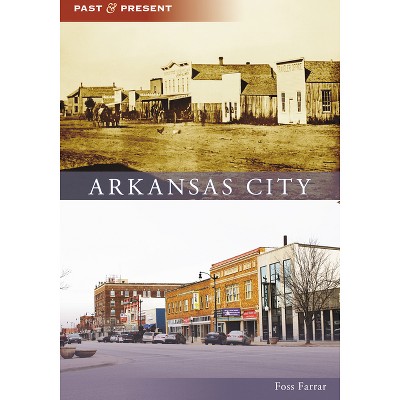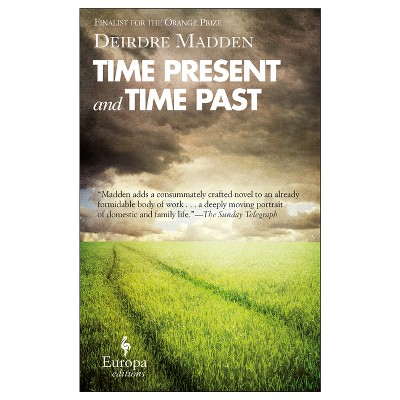About this item
Highlights
- First-person interpretation--the portrayal of historicalcharacters through interactive dramatization or roleplaying--isan effective, albeit controversial, method used to bring historyto life at museums, historic sites, and other public venues.Stacy Roth examines the techniques of first-person interpretationto identify those that have been most effective with audienceswhile allowing interpreters to maintain historical fidelity.
- About the Author: Stacy F. Roth is codirector of History on the Hoof, a company that creates, organizes, and performs a variety of interpretive presentations on historical themes.
- 272 Pages
- Performing Arts, Acting & Auditioning
Description
About the Book
The portrayal of historical characters through interactive dramatization or roleplaying is an effective, albeit controversial, method used to bring history to life at museums, historic sites, and other public venues. Stacy Roth examines the techniques of first-person interpretation to identify those that have been most effective with audiences while allowing interpreters to maintain historical fidelity. 41 illustrations.Book Synopsis
First-person interpretation--the portrayal of historicalcharacters through interactive dramatization or roleplaying--is
an effective, albeit controversial, method used to bring history
to life at museums, historic sites, and other public venues.
Stacy Roth examines the techniques of first-person interpretation
to identify those that have been most effective with audiences
while allowing interpreters to maintain historical fidelity.
Past into Present focuses on first-person
interpretation's most challenging form: the unscripted,
spontaneous, conversational approach employed in "living history"
environments such as Plimoth Plantation in Massachusetts, Conner
Prairie in Indiana, and Colonial Williamsburg in Virginia. While
acknowledging that a wide range of methods can touch audiences
effectively, Roth identifies a core set of practices that combine
positive communication techniques, classic interpretive
philosophy, and time-tested learning theories to promote audience
enjoyment, provoke thought and inquiry, convey important messages
and themes, and relate to individual visitor interests. She
offers numerous examples of conversation and demonstration
strategies, visitor behavior profiles, and suggestions for
depicting conflict and controversy, and she provides useful
character development guidelines, interpretive training advice, and recommendations for adapting first-person interpretation for
diverse audiences.
Review Quotes
[H]er book is an instant classic in the field and should be a valued source for years to come.
"Association for Living History, Farm and Agricultural Museums Bulletin"
[I]dentifies a core set of practices that will not only promote audience enjoyment, but provoke thought and convey important messages.
"Colonial Chronicle"
This is a very useful book, both for living history practitioners and for the larger audience of readers [interested in history].
John C. Kemp, Director of Colonial Interpretation, Plimoth Plantation
"Past into Present" is both a spirited defense of a controversial interpretive technique and a handbook for its successful use.
John D. Krugler, Marquette University
ÝH¨er book is an instant classic in the field and should be a valued source for years to come.
"Association for Living History, Farm and Agricultural Museums Bulletin"
ÝI¨dentifies a core set of practices that will not only promote audience enjoyment, but provoke thought and convey important messages.
"Colonial Chronicle"
There's something in "Past into Present" for all interpreters, docents, and volunteers who strive to bring history to life for our students and visitors.
"History News"
""Past into Present" is both a spirited defense of a controversial interpretive technique and a handbook for its successful use.
John D. Krugler, Marquette University"
"[H]er book is an instant classic in the field and should be a valued source for years to come.
"Association for Living History, Farm and Agricultural Museums Bulletin""
"[I]dentifies a core set of practices that will not only promote audience enjoyment, but provoke thought and convey important messages.
"Colonial Chronicle""
"There's something in "Past into Present" for all interpreters, docents, and volunteers who strive to bring history to life for our students and visitors.
"History News""
"This is a very useful book, both for living history practitioners and for the larger audience of readers [interested in history].
John C. Kemp, Director of Colonial Interpretation, Plimoth Plantation"
About the Author
Stacy F. Roth is codirector of History on the Hoof, a company that creates, organizes, and performs a variety of interpretive presentations on historical themes.Shipping details
Return details
Trending Poetry
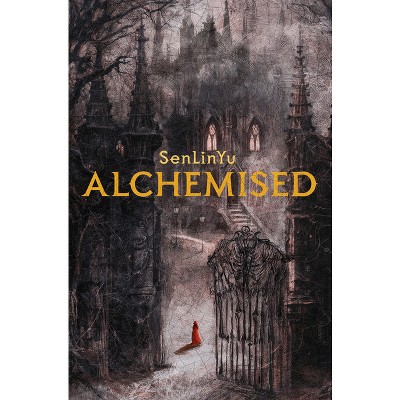



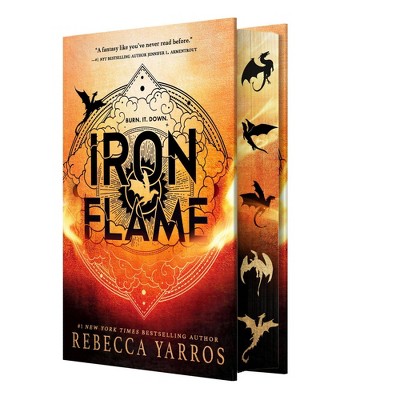
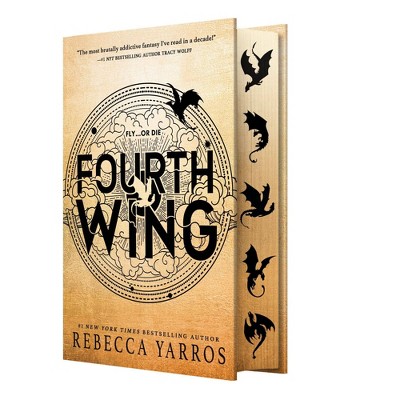
Discover more options
